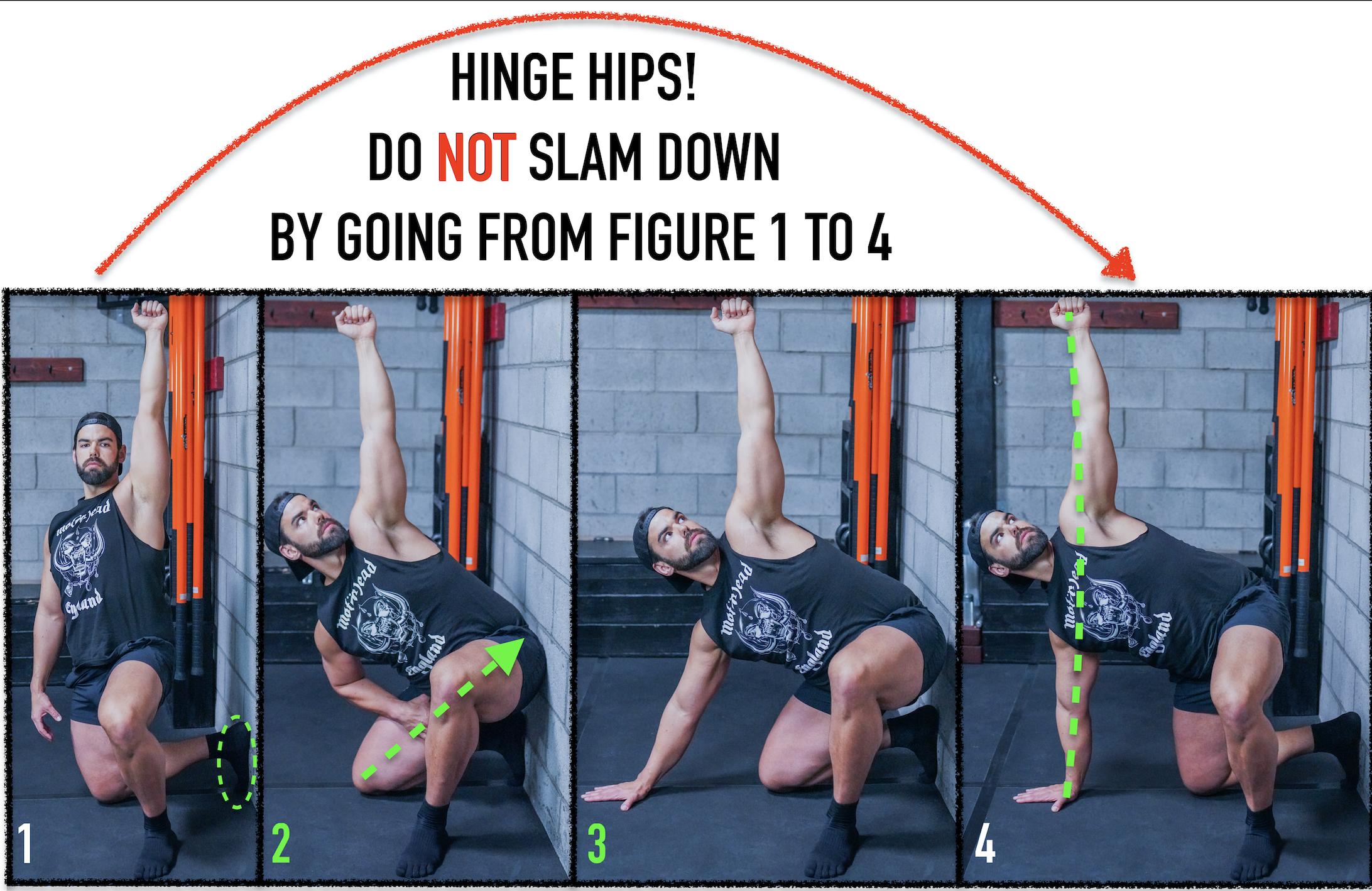Why Your Kettlebell Get Up Sucks
The Kettlebell get up has no doubt earned a staple in kettlebell strength training. Why? The get up is really more of a complex of movements all fluidly gelled into one. Gray Cook best states in Pavel’s book Simple & Sinister:
“The Kettlebell Get Up is like loaded yoga”
It has the perfect amount of mobility and stability needed in all the right places. Bringing a new level of true performance mastering the kettlebell load overhead in a slow, controlled, and fluid manner . For those that think performing a high amount of reps to prove their strength - the kettlebell get up will quickly humble you making you slow down in each position. While there’s nothing wrong with speed, it can be contradictory in strength training at times because speed hides dysfunction. It's the difference between someone performing 100 reps of “kipping pull ups” (jerking & whipping the spine pathetically half way to the bar) versus someone performing 10 reps of strict pull ups (full body tension in a vertical plank- fully bringing the chest all the way to the bar with control). So the kettlebell get up not only teaches less is more, but is incredible for better shoulder resiliency and pressing strength. So I wanted to breakdown the best prerequisites and corrective drills to make your kettlebell get up better, but stronger in your future programming.
The Kettlebell Arm Bar - Connecting the Lat
An incredible stability drill to get the shoulder connected to the lat and to mobilize the t-spine at the same time. There’s A LOT of tactical feedback happening in the shoulder girdle - so beginners should be spotted for safety for proper setup, alignment, and locked arm position (with the wrist neutral). Beginners should NOT go heavy in this drill; a light kettlebell will provide the stability needed. This a great prerequisite before any student performs a kettlebell get up to better understand the importance of shoulder packing into the lat.



